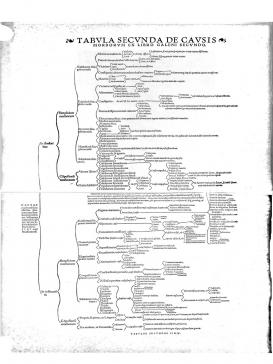When all else fails, we turn to the instruction manual. However, the experience can be frustrating. Making the leap from text to practice represents an age-old problem which this project addresses from a historical perspective. Its point of departure is a simple question: How did early modern scholars visually structure information in order to translate text into practice? The fact that visualization played an important role is obvious from even a cursory perusal of many texts from this period: one finds images, diagrams, tables, and lists.
In the translational process from text to practice, “translation” is defined as “the process by which information and knowledge is transferred from one place to another, often being altered in the process” (Cook & Dupré 2012, 10). Using this definition, I hope to show that visualizations as found in early modern books and manuscripts are not just a form of representation. Rather, they aim to facilitate the translation of scientific knowledge from text to practice.
My project not only looks at the relationship between manuscripts and printed books in the field of medicine, but also seeks to demonstrate the connection within the fields of divination and alchemy. Though these disciplines today seem highly unscientific and were not taught at universities, they shared with medicine a practical relationship to their written sources. Indeed, it was precisely among physicians that these other “scientific disciplines” found prominent adherents. This allows us to compare the practice of visualizing scientific knowledge in different disciplines, but by a similar group of practitioners. I argue that the differences between the ways in which knowledge was visualized in these disciplines reflect the different methods of acquiring knowledge and the roles played by either bookish learning or practical experience in this process.
My main focuses of research are alchemy, geomancy and medicine, as taught and practiced in Northern Europe. By connecting these three different disciplines of scientific knowledge throughout the fifteenth, sixteenth, and seventeenth centuries, I expect to show that practitioners of science and natural philosophy developed various forms of visualization as an intermediary step between textual information and its practical implementation. The innovations in techniques of observation, experimentation, and organizing knowledge can be best appreciated if we also consider the reconfiguration of the relationship between text and practice. Paradoxically, this line of research yields the most profound insights when it encompasses fields such as alchemy and geomancy—disciplines that, in contrast to medicine, fell by the wayside with the emergence of modern science.

